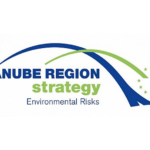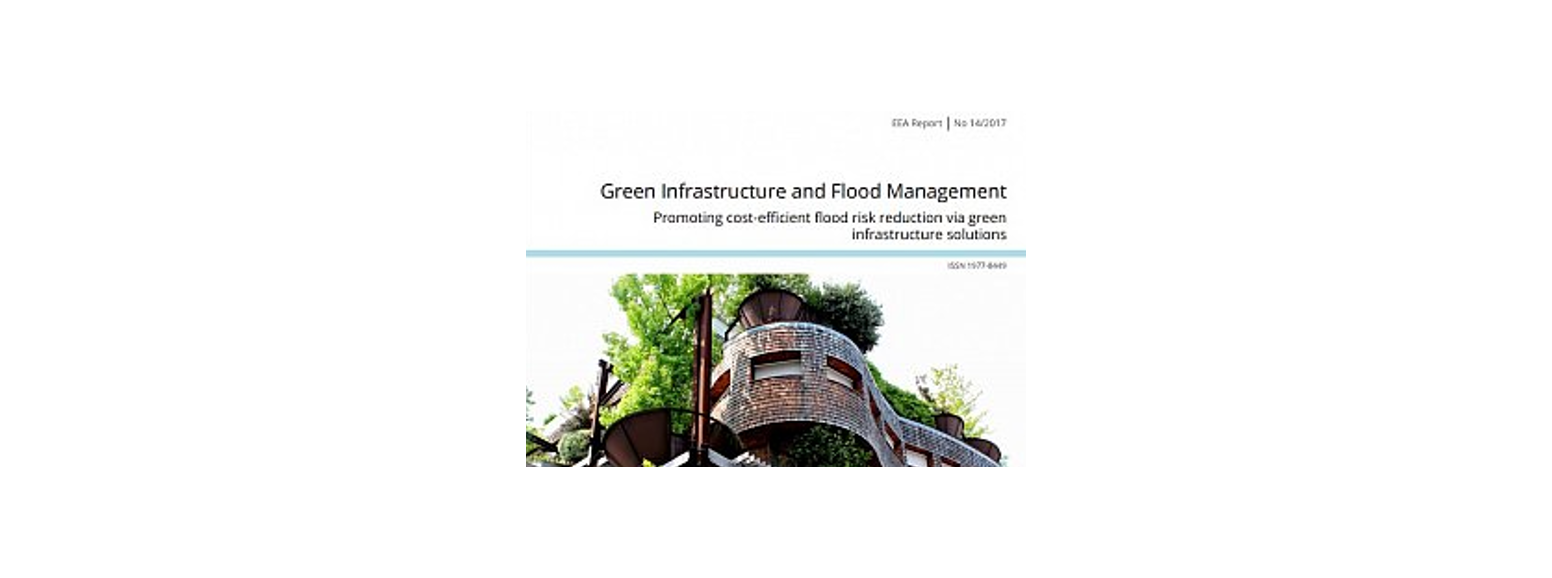PROMOTING COST-EFFICIENT FLOOD RISK REDUCTION VIA GREEN INFRASTRUCTURE SOLUTIONS.
The European Environment Agency report outlines the challenges and opportunities posed by using more environmentally friendly options to bolster defences against river flooding. The report looks specifically at six case studies on the Elbe (Germany), the Rhône (France), the Scheldt (Belgium) and the Vistula (Poland) river basins, and points to the potential, in terms of suitable space, for restoring floodplains alongside them.
For centuries, efforts have been made to control flooding across Europe. Rivers have been dammed and constrained by levees, and dikes have been built to protect vulnerable land. Such measures have transformed the natural landscape and altered water flows throughout Europe. Wetlands have been converted to agricultural and urban land use and rivers disconnected from their natural floodplains. While the use of these man-made structures can significantly help reduce the risk of flooding, they often come at a sizeable financial price and at a cost to local water absorption capacity, wildlife, fish and river ecosystems. Their construction has also raised the risk of floods further downstream due to higher or cumulating water peaks and higher water speed.
Limited budgets, updated European regulations and policies on water, agriculture, climate adaptation, and climate change itself are driving the push for more sustainable and lower investment solutions to address the challenges posed by flooding. Using green infrastructure like floodplains and wetlands are cheaper investments. Such sites can provide benefits beyond flood protection, such as carbon sequestration, homes for wildlife, recreation opportunities and clean water.
The report says that more needs to be done to improve knowledge, experience and capacity in adapting building regulations to include nature-based solutions for flood defences in many EU Member States. It also notes that much better coordination on flood management plans is required between upstream and downstream areas and between countries that share rivers to enhance decision-making and implementation of green infrastructure for flood risk management.
Original article can be found here.




